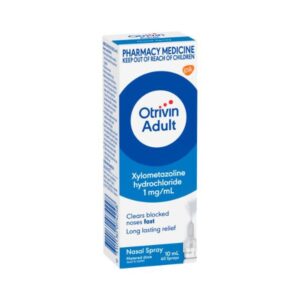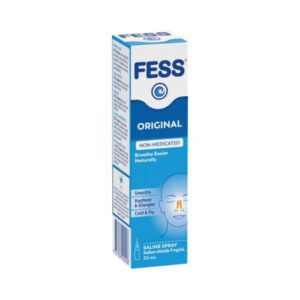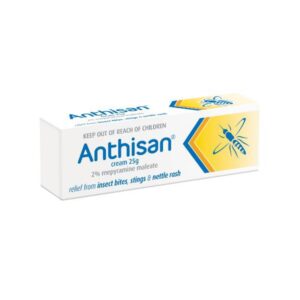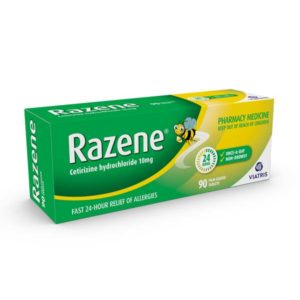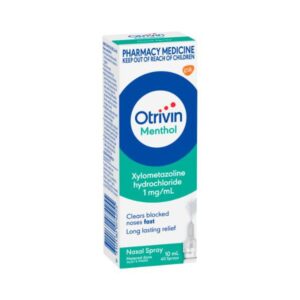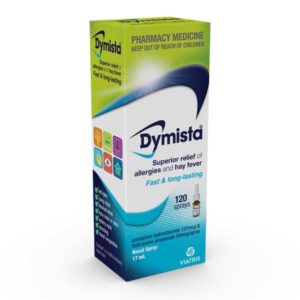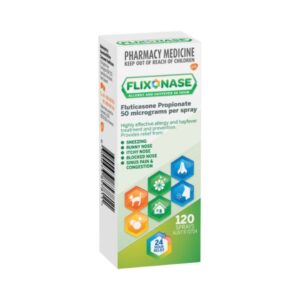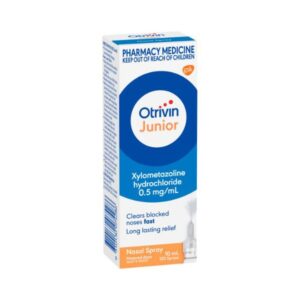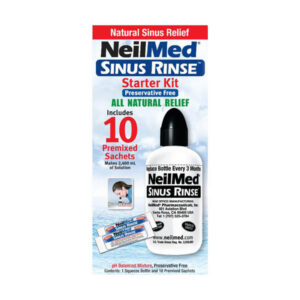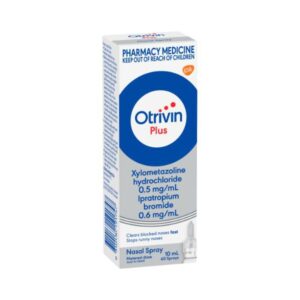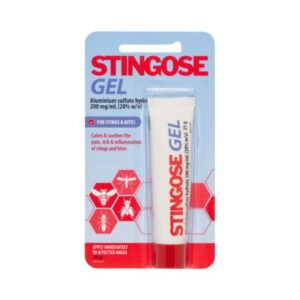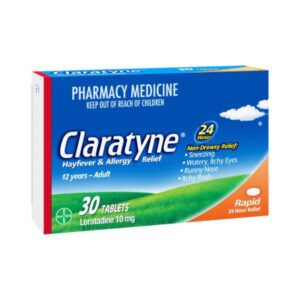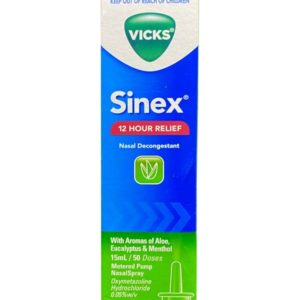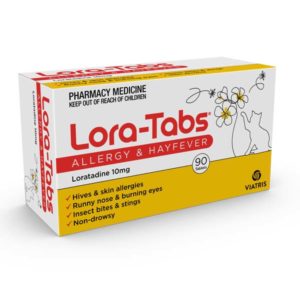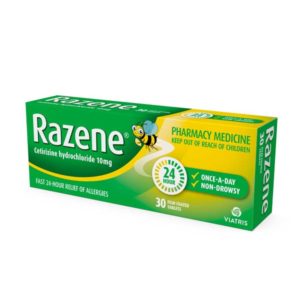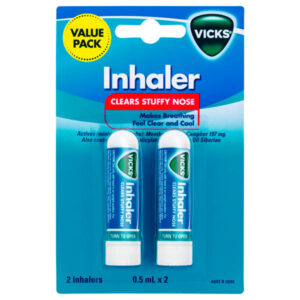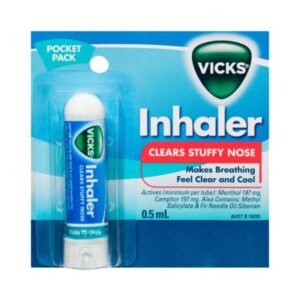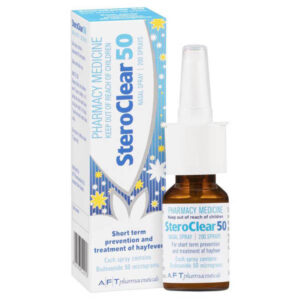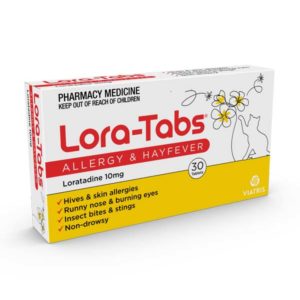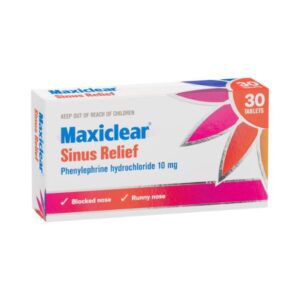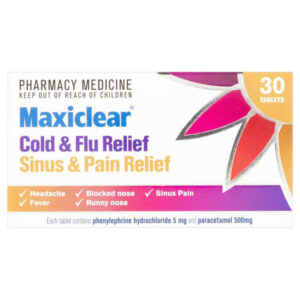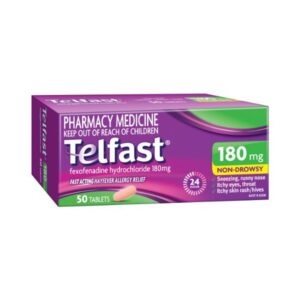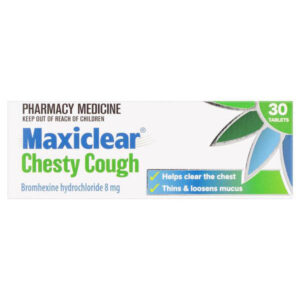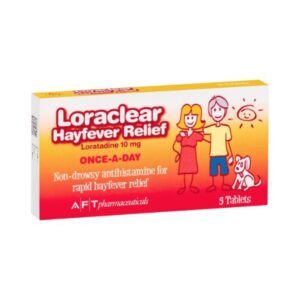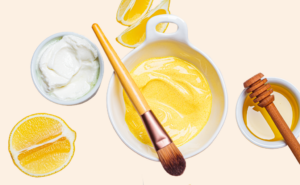
Everyone loves a Kiwi summer, unfortunately, winter isn’t nearly as charming. For many it means condensation covered windows, frigid bedrooms, and a constant fight against ‘black mould.’ This invasion of mould might be causing a range of health issues in the home. In this article we will look at how this dampness and mould could be affecting your health, and how to make positive change for your home.
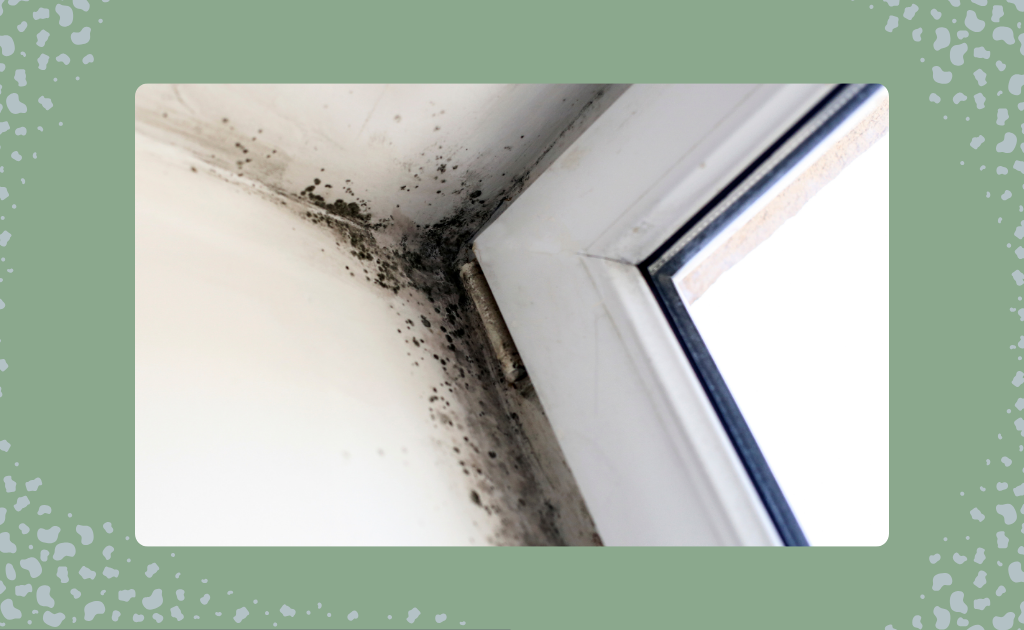
Mould is a fungus that can grow on almost any surface where moisture is present. Mould thrives in damp, humid, and poorly ventilated areas – this makes it a problem for many kiwi homes during the winter months where they become the perfect place for mould to grow.
Due to a variety of factors during the winter our homes will have more areas suitable for mould to grow. Condensation forms on windows, showers, curtains, toilets, kitchens, basements, and poorly ventilated areas. Airborne mould spores that land on these damp surfaces will begin to grow, and as they grow, they may digest the material they are on (e.g., fabric and wallpaper).
Not all mould is ‘black’, it can take many colours, forms and textures. Moulds can produce allergens, irritants and mycotoxins – some of these can be toxic in significant quantities. Regardless of what it looks like mould should be removed from the home.
Mould can be the culprit for a range of health issues and symptoms depending on the person. Some people are very sensitive to mould, while others may not experience any symptoms at all.
If you are being exposed to mould you may have the following symptoms:
Some people are at risk of having more severe complications to mould exposure.
These people are at greater risk of experiencing asthma attacks, breathing difficulties, fungal infections, or respiratory infections when exposed to mould.
Mould exposure can cause an uncomfortable allergic reaction. If you are experiencing the symptoms listed above, there are treatment options available.
Steroid nasal sprays help to prevent and treat allergy symptoms that can be caused by mould. They reduce inflammation and mucus in the nose.
Antihistamines can help with the immune response caused by mould exposure. Reducing itching, sneezing and runny nose symptoms.
Oral and nasal decongestants can be used to reduce to reduce congestion and swelling caused by allergic reactions.
Nasal rinses can be used to wash your nasal passages of irritating mould spores and relieve congestion.
As soon as you see mould appearing you should remove it. There are plenty of products available in supermarkets and hardware stores designed to kill mould in your home. Some products are made to be used on specific surfaces like curtains too. If you have bleach and vinegar at home these can be used too.
On hard surfaces such as tiles, glass, or plastic you can apply a diluted bleach solution (1 part bleach to 3 parts water), or just white vinegar. Once applied, wipe away the solution and mould. Remember you should wear a mask, protective gloves, and even goggles when cleaning with bleach. Wear old clothes too!
When mould is on porous surfaces like wood, paint, wallpaper, or curtains it can be more difficult to remove, especially without damaging the surfaces. Apply a diluted mixture of vinegar – 1 part vinegar to 1 part water to the surface and leave it on the surface for a few days. After which you can wipe off with soapy water and a clean cloth. This may need to be repeated as mould grows into porous surfaces, making it harder to kill.
How can you prevent mould?
Removing mould from surfaces in your home is only one part of making your home healthier. Taking steps to prevent mould from growing is also important, this is done by keeping your home clean, warm, and dry.
A warm, dry, and mould free home will keep you and your family healthy over winter. Many homes in New Zealand are far from meeting these standards, and trying to improve a damp, cold and poorly insulated home can be a big challenge.
Support and information can be found below:
Learn more about in-home healthy home assessments here.
Learn more about financial help for home insulation here.
